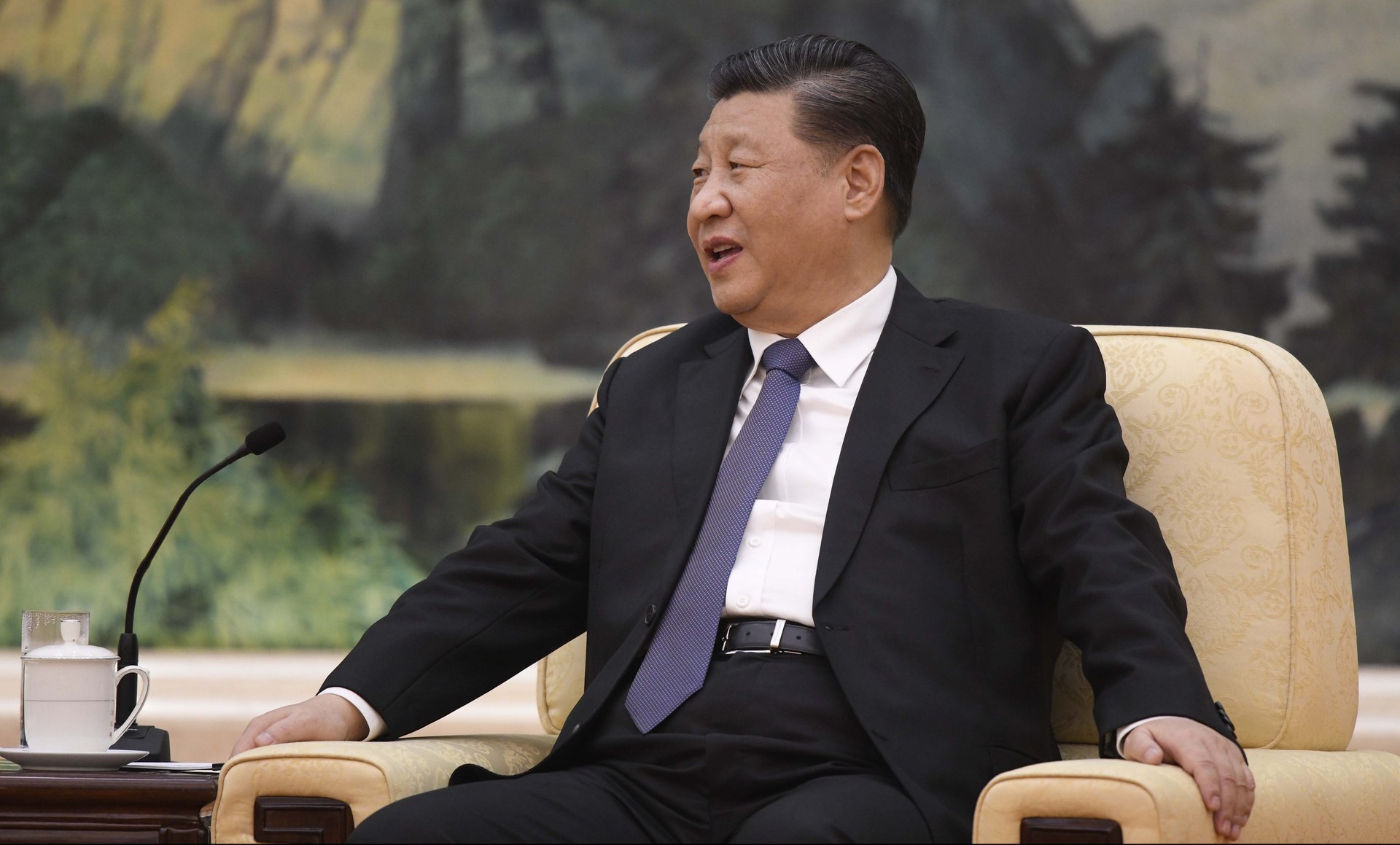Xi Jinping emerges to meet the people for the first time in China’s coronavirus outbreak
Chinese leader Xi Jinping, usually almost omnipresent in the public eye, has been noticeably absent from view in the midst of one of the biggest crises to hit the Chinese Communist Party in recent memory. Today, he finally made an appearance.


Chinese leader Xi Jinping, usually almost omnipresent in the public eye, has been noticeably absent from view in the midst of one of the biggest crises to hit the Chinese Communist Party in recent memory. Today, he finally made an appearance.
State media reported (link in Chinese) that Xi went to Beijing’s Chaoyang district, where he visited a residential community to understand more about their work in fighting the coronavirus. Photos showed him wearing a mask and having his temperature taken.
It’s the first public appearance for Xi since he met Cambodian prime minister Hun Sen in Beijing on Feb. 5. Prior to that, he met with the World Health Organization’s director Tedros Adhanom Ghebreyesus on Jan. 28 in Beijing.
In a speech (link in Chinese) marking the Lunar New Year on Jan. 23, days after Chinese authorities said that human-to-human transmission of the virus had occurred, Xi did not mention the coronavirus. On Jan. 24‚ Xi attended a banquet celebrating the new year. That triggered some displays of nostalgia from Chinese citizens who compared Xi’s impersonal approach to that of his predecessor Hu Jintao during the SARS outbreak in 2003, who toured hospitals in Guangdong province, where the disease was discovered.
But Xi notably has still not made any visits to Wuhan, the epicenter of the outbreak. That responsibility has fallen to his deputy, Li Keqiang, who visited the central Chinese city on Jan. 27. Li took a much more hands-on approach than Xi, going to to hospitals and talking directly with front-line doctors and nurses. He also visited a supermarket. Sun Chunlan, the only woman in the party’s 25-member politburo, has also toured Wuhan in recent days.
Xi hasn’t been entirely absent from state media’s narrative, which has started to paint him as a sort of central commander of the government’s efforts to wage “war” on the coronavirus. Sam Crane, an expert on Chinese politics at Williams College in Massachusetts, suggested that Xi’s absence from the limelight implies a strategy of trying to “lay major blame on local cadres” rather than on the core leadership of the Communist Party. Until now, only officials in Wuhan province have been fired or punished for their handling of the coronavirus outbreak.
The death last week of Li Wenliang, a 34-year-old doctor who first sounded the alarm on the coronavirus and was reprimanded by Wuhan authorities for doing so, is likely to have changed the leadership’s calculus. Faced with a massive outpouring of grief and anger from citizens, authorities at first tried to censor the news of Li’s death and even re-write the facts surrounding his death, though that only had the effect of further inflaming people’s fury, with many even going as far as to demand greater freedom of speech.
Facing potentially its biggest governance crisis in years, the party may now be trying to wrest back control of the narrative. Predictably, it appears to be shifting blame for Li’s death to local officials—China’s ambassador to the UK in an interview with the BBC blamed them for the initial silencing of whistleblowers like Li, and called him a “hero.” And while local officials are apparently bungling management of the crisis, the people’s leader is out to meet the people—just not in Wuhan.
Jane Li contributed reporting.